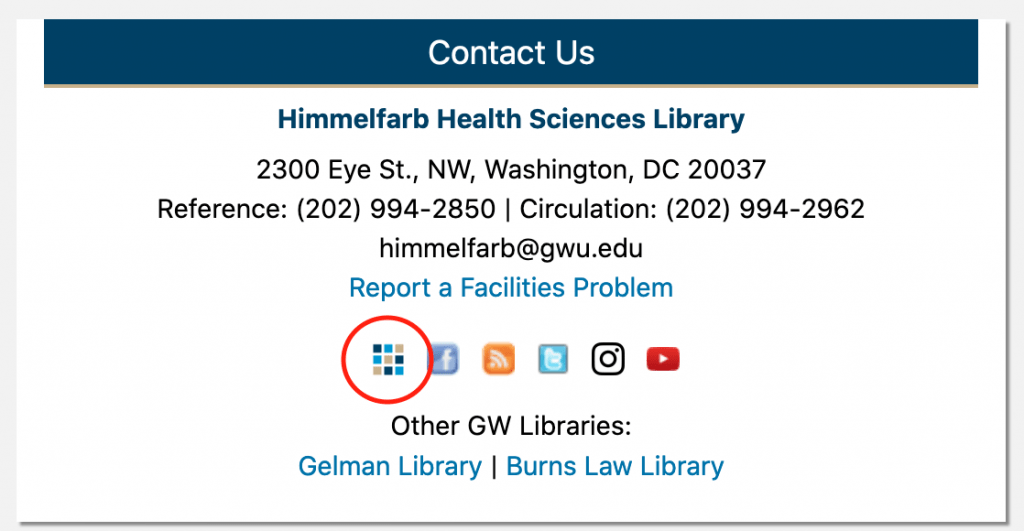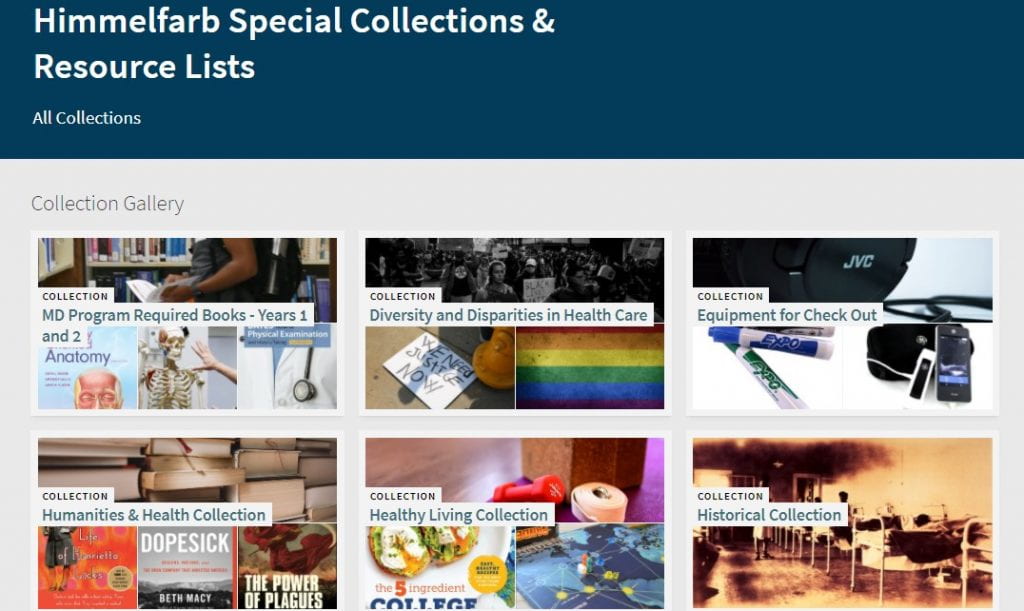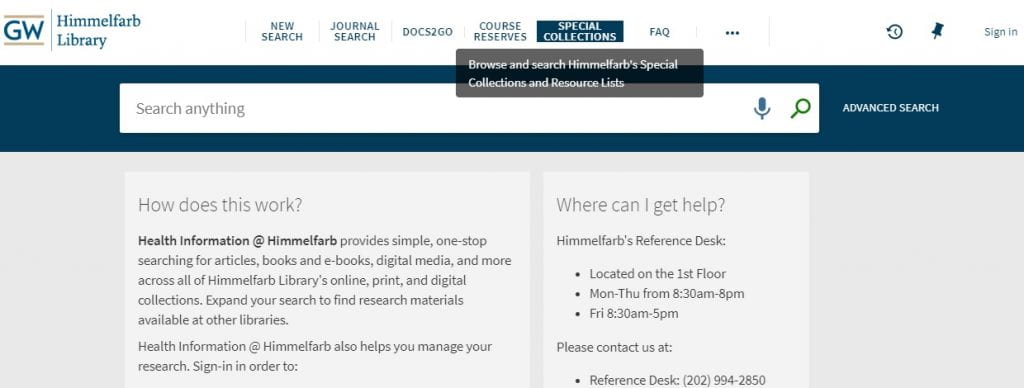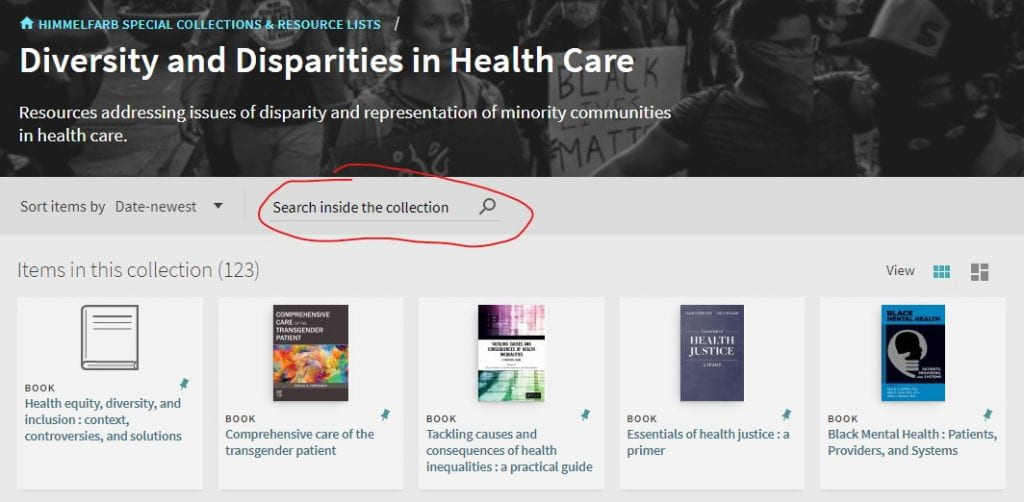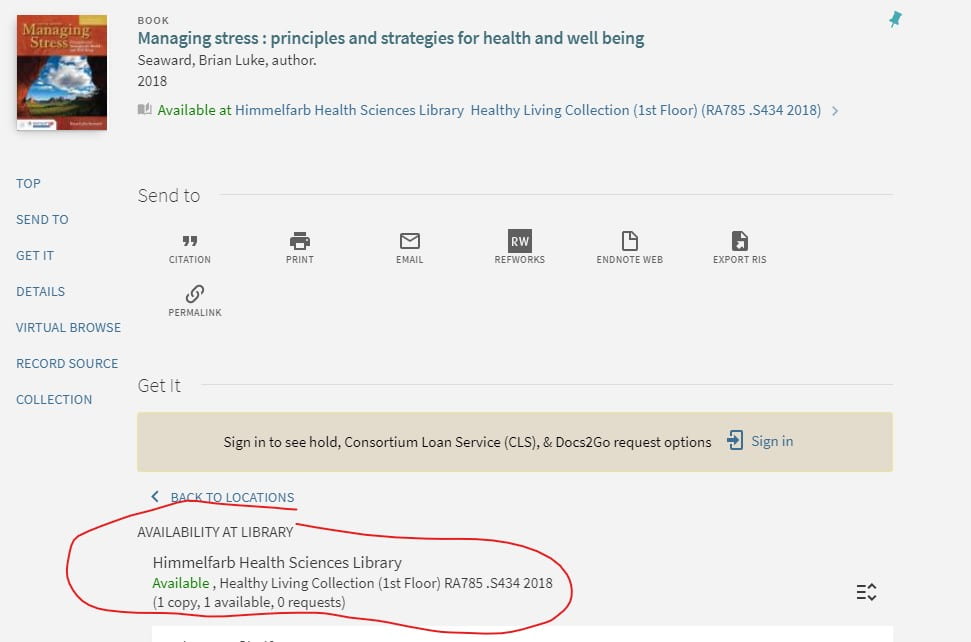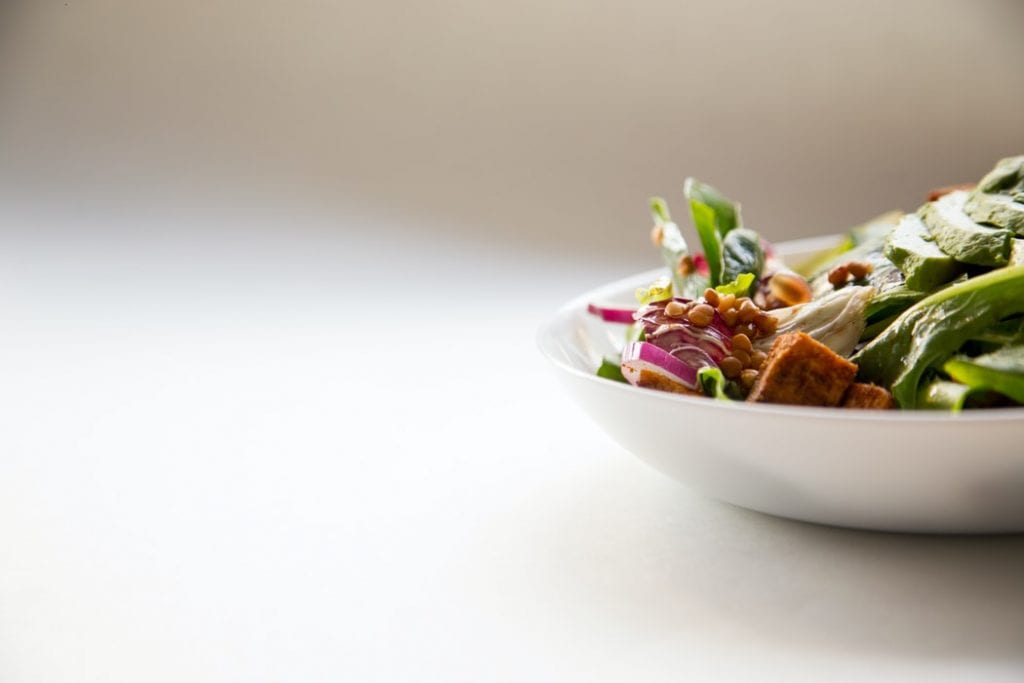

Stacy Brody is a Reference and Instruction Librarian at the Himmelfarb Library. Recently, she published “UMLS users and uses: a current overview” in the Journal of the American Medical Informatics Association based on her research during a fellowship with the National Library of Medicine. We asked Stacy what advice she might have for other early career researchers looking to publish their research.
Q: How did you get the idea for your research? Was it a case report?
A: I conducted the research as part of my fellowship year at the National Library of Medicine. The general concept was proposed by my advisors and was part of a larger effort.
Q: How did you structure your research?
A: We conducted a scoping review pilot project. We did not quite know, at first, how to go about collecting the information we wanted. I had heard of systematic reviews and meta-analyses, but we did not have a question that could be answered by these methods. We were interested not in the results presented in research articles but in the methods and tools used. We needed a landscape view, a map of the research. We wanted to know what was out there! There are many types of reviews, and the scoping review method fit our needs.
Q: How did you find time to research and polish your publication?
A: Fortunately, the bulk of the research and initial writing were built into the fellowship year. I found it difficult to make time, after leaving that program, to keep tabs on the progress of the work, which grew to incorporate additional research data.
Q: How did you select a journal for your research?
A: We chose an association journal. We knew members of that association would be interested in learning about our work. We did not consider impact factor - only relevance to the journal audience.
Q: Was your research ultimately published by the first journal that you approached?
A: Yes - the topic was a good fit for the journal.
Q: Is there anything that you learned about the publication process that you would like to share with other researchers?
A: Team members may be more or less involved at different parts of the process - and that is ok! I was heavily involved in the beginning of the work. My collaborators were able to continue after I left the fellowship, and they brought on additional hands as needed. What was important was being able to share files and make sure team members knew how/where to find documents needed to finalize the piece.
Be sure to
- Document. Document. Document.
- Save files in a drive team members can access even after you leave
- Name files so that your collaborators know what they are!
Q: How did you work with your professor or adviser during the publication process?
A: My colleagues handled interactions with the publisher. They alerted me when I needed to create an account with the publisher.
In previous publishing experience, where I have been sole or lead author, I have learned that I will need to
- ensure my ORCID iD is linked,
- review manuscripts before publishing,
- name and store files so that it is easy to upload (and sometimes re-upload images) to meet standards, and
- When necessary, make sure the article is deposited in PMC (if you are NIH-funded, for instance).
Q: Is there anything that your professor or adviser did during the publication process that you found helpful?
A:I was thankful my adviser handled most of the publication process. With multi-authored papers, it can be challenging to make sure everyone has completed their piece of the puzzle, whether it is signing off on a final draft before submission or creating accounts with the publisher. Having one person oversee that (and prod people to get things done!) is helpful! She was also able to ensure the publication was published in accordance with NIH guidelines, as the work was completed while I was a fellow.
